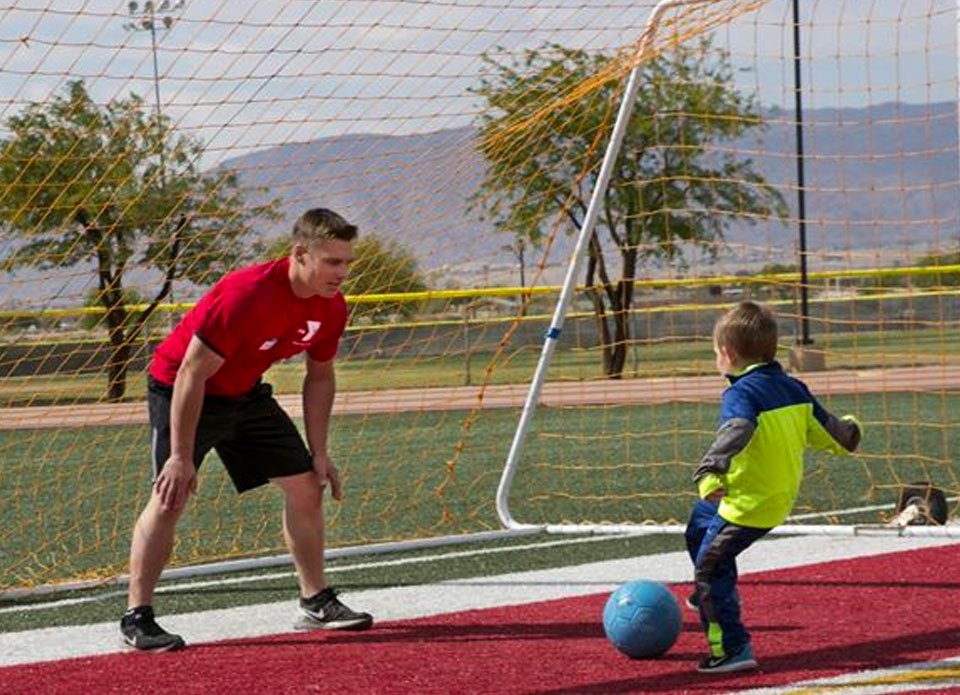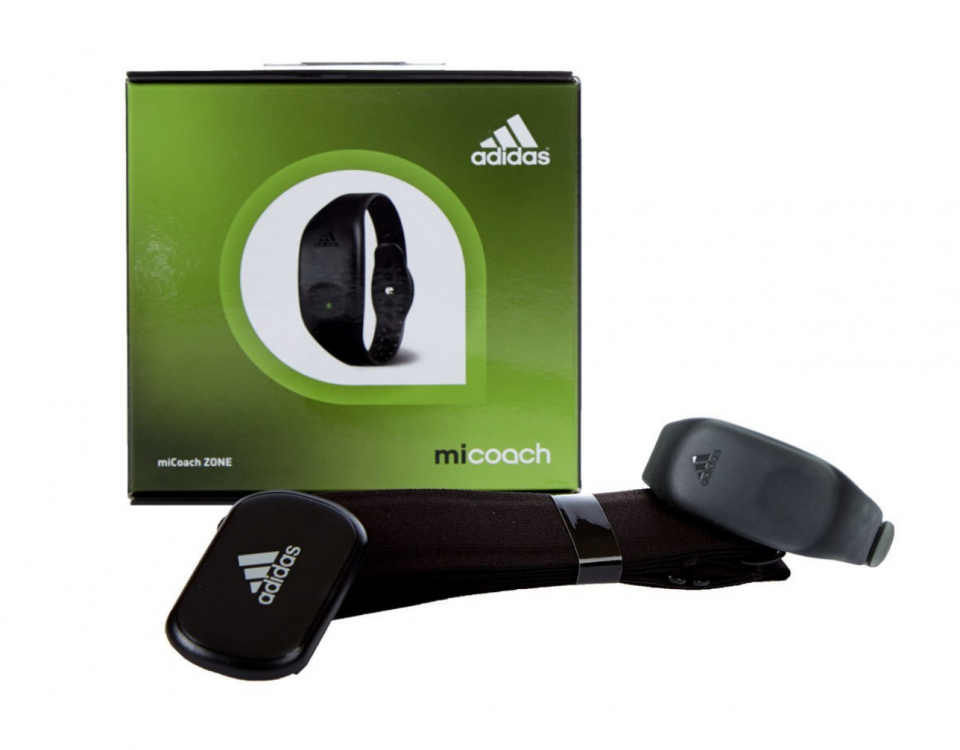Pre-season soccer training: Passing drills
Use this Coerver Coaching pre-season soccer training exercise to pick out a team-mate every time.
By: Ben Welch
How do I set this drill up?
Use three discs to create a 4 x 4 yard triangle. Use different colored discs at the base of the triangle to emphasis the use of your left and right feet. Set-up another triangle 10 yards away with a supply of balls. Use four pop-up cones to create two passing gates, both two yards in width, at the halfway point of the grid, diagonally facing the top triangle.
How do I do this drill?
0 > 1.11 minutes (see video): Start at the pop-up cone in the top triangle with your partner in the centre of the grid, between the two passing gates. Once your partner takes a touch and feeds you the ball, look back over your left shoulder and shuffle back to the left cone.
Use your first touch on your right foot to break out of the triangle on the other side, before performing the pull-push skill with your left foot to bring the ball back through the other side of the triangle. As your partner moves behind the left passing gate, pass them the ball.
Repeat this for a further two passes. Now switch to the opposite side so that you’re checking back to the blue disc, taking your first touch with your left foot, performing the pull-push with your right foot and passing through the opposite gate. Repeat this for a further two passes.
Progression one (1.14 minutes > 1.42 minutes):
Stand on the right cone (orange) and have your partner start behind the left passing gate. Check away, out of the triangle, before darting back inside to receive the pass with your right foot.
Your first touch should take out of the triangle. Now use the pull-push skill with your left foot to bring the ball back through the other side of the triangle. At the same time your partner should move across to the opposite passing gate (to your left) to receive your pass.
Repeat the above steps on the opposite side of the grid – left foot first touch, right foot pull-push, right foot pass to partner.
Progression two (1.44 minutes > 2.38 minutes):
Using the same set-up as the one used in progression one, you now start on opposite side of the triangle (blue cone) and receive the ball on your left foot, before performing a push-pull with your right foot and dribbling to the right passing gate.
As you reach the gate execute an inside left foot cut and drive back to the top triangle, where you perform a right foot twist off and then pass it back to your partner through the passing gate with your left foot.
Switch sides and repeat on the other side – start on the orange cone, right foot first touch, left foot push-pull, inside right foot cut, left foot twist off and return pass with right foot.
You can also try…
Positioning the target gates further away to increase the range of passing and reduce the width of the gates to demand more of your accuracy. See how many successful passes you can make in 30 seconds, keep the score and have a competition with your partner.
What are the key coaching points?
Make sure you call and show for the ball – communication is key. Movement has to be late and fast so you arrive just as the ball does. Before you receive the pass, make sure to check over your shoulder to see where teammates, opponents and the space are.
Try to get out of the triangle with one touch. When you’re playing a pass keep your eyes up with your hips and shoulders facing the target so you deliver the ball to the correct foot. Play at game speed – punch the pass back to your partner.
How will this drill help?
This drill will help to develop first touch direction and speed, which will help you keep hold of the ball when defenders close you down. It develops ball mastery skills so you can change the angle of attack when a defender shuts off space. Most importantly it improves passing, which is crucial to keeping possession when marked tightly i.e. – hitting your teammate’s furthest foot from the defensive pressure.
Read more at FourFourTwo


